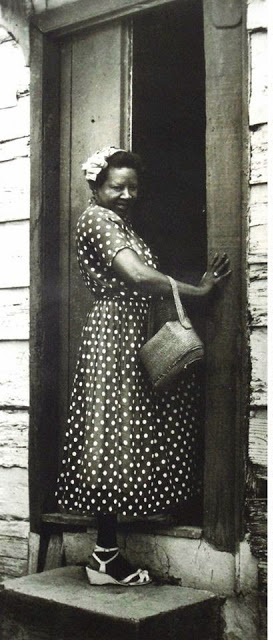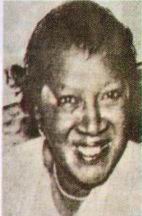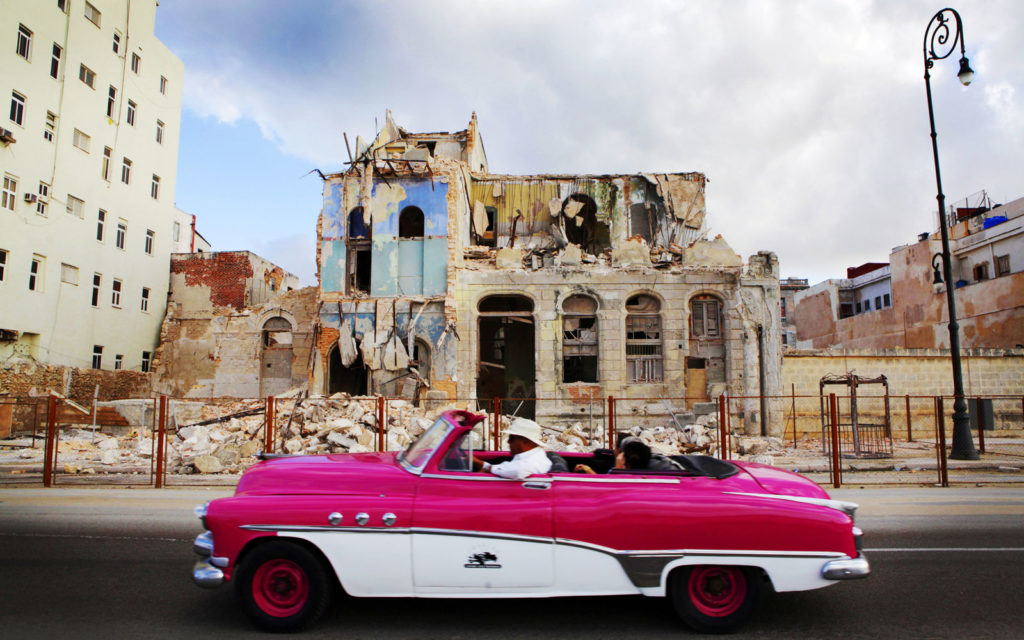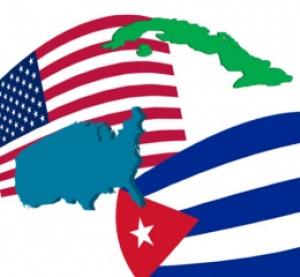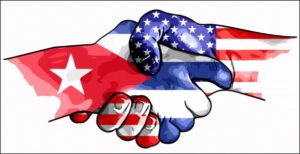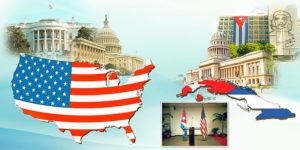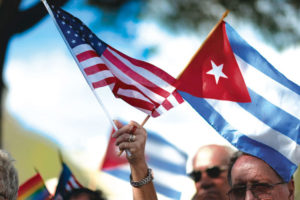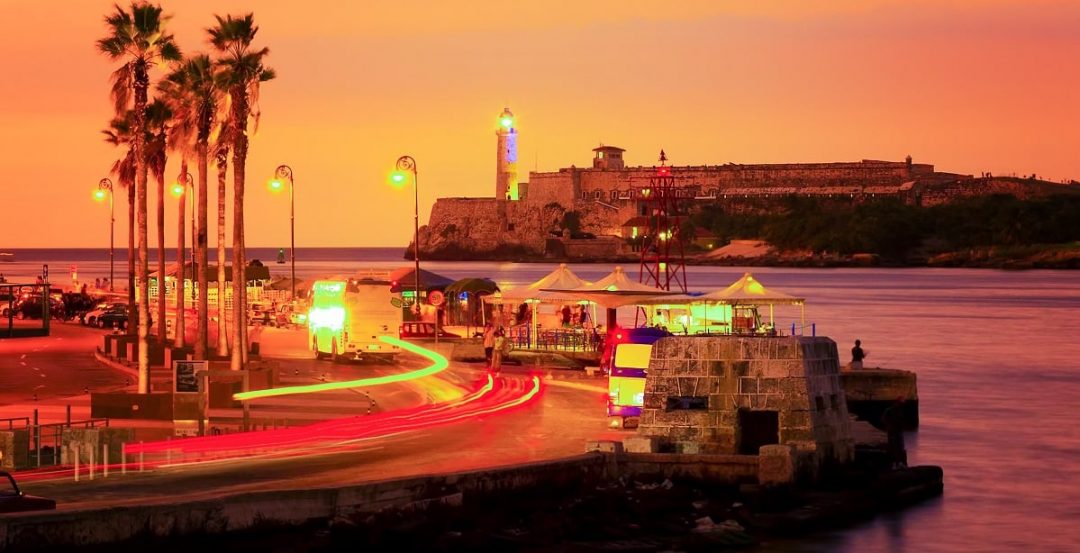 ALGUNOS PERSONAJES CUBANOS QUE YA NO SE ENCUENTRAN ENTRE NOSOTROS.
ALGUNOS PERSONAJES CUBANOS QUE YA NO SE ENCUENTRAN ENTRE NOSOTROS.
Todos aquellos, a veces excentricos, personajes cubanos del ayer nacional forman parte ya de una tribu en extinción. Hoy mismo no tengo referencias de ninguno en ejercicio. Pero hablemos de ellos…
EL CABALLERO DE PARIS.
El andariego habanero clásico nunca fue un simple maniático, ni siquiera un mendigo pintoresco. Su exponente por excelencia, ‘El Caballero de París’, nunca extendió la mano para pedir, aunque viviese de la caridad pública, lo que él mismo consideraba un honor justamente debido a su jerarquía nobiliaria. Mi amiga La Marquesa sí lo hacía, pero rodeaba el acto de todo un ritual cortesano, que hubiese hecho las delicias de Marcel Proust. Otros, menos connotados, simplemente excluían de su delirio cotidiano esa eventualidad.
CUQUITO.
El primero para mí fue Cuquito. Sentado en una banqueta de El Ventorrillo, de una edad indefinida, achinado, con aquel sombrero de fieltro circundado de cascabeles que se acomodaba sobre sus bucles, Cuquito parecía un cangaceiro armado con una mandolina de juguete. No recuerdo haberlo oído cantar, ni hacer otra cosa que estar sentado allí, tomándose su café con leche gratis en El Ventorrillo, que ya no existe, no obstante Cuquito persevera, impregnando de poesía mi niñez.
MARIA BELEN.
Otra suerte de diosa local fue María Belén, una morena alta y altiva que recorría Santa Amalia por las mañanas, como inspeccionando sus dominios. María Belén padecía un bocio impresionante, que la obligaba a mantener erguida su sonriente cabeza de watusi. Avanzaba despaciosa, y respondía a los saludos con una invariable sonrisa y un gesto de reina. Solía llevar consigo una gran bolsa de tela, que pendía del hombro opuesto al bocio, a manera de contrapeso. Nunca supe dónde vivía ni lo que llevaba en su bolsa. Su caminata matinal subía hasta la Calzada de 10 de Octubre por la calle Gustavo Sánchez Galarraga, doblaba cuatro cuadras a la derecha y volvía a adentrarse en Santa Amalia por la calle Rivera.
Ambos fueron deidades locales.
LA MARQUESA.
Mi andariega favorita fue La Marquesa, a quien pude conocer en la década del 70. Pasados sus mejores tiempos, cuando ya ni la prensa ni la televisión se ocupaban de ella, perseveraba en su oficio de limosnera ilustrada, con los frágiles sombreritos, milagrosamente sujetos a las ralas pasitas, ahora teñidas de azul de metileno. Así, los sombreros de la marquesa de Revilla de Camargo transitaron la indefinida construcción del socialismo posados en la cabecita de la apócrifa marquesa, quien había trabajado para aquella como exquisita repostera.
Pude presenciar un mediodía sus forcejeos contra un par de esbirros vestidos de civil, que trataban de recogerla a la cañona para que el ilustre visitante de turno no fuese casualmente a verla. Esa “limpieza” solía practicarse entonces a menudo. Con La Marquesa fracasaron, porque sus gritos enseguida provocaron una concentración de testigos que obligaron a los robustos combatientes a desistir. Tan pronto la soltaron, se alisó su vestidito, recompuso su pelambre y reinstaló su sonrisa de trabajo.
Permanecía en San Rafael hasta que comenzaba a caer la tarde. Entonces enrumbaba hacia el Vedado y podía vérsele a la entrada de Radiocentro, haciendo tiempo para caer, ya entrada la noche, por El Carmelo de Calzada y El Jardín, en Línea. Con la anuencia de los camareros, se paseaba entre las mesas repartiendo sus sonrisas más personalizadas. “Qué tal mi amigo, tiempo que no lo veía por aquí”, les decía como toda una atenta anfitriona.
Alguien, de muy mala entraña, ha escrito que La Marquesa ejercía una especie de prostitución ambulante. Es evidente que nunca vio ni en fotografías a La Marquesa, quien era zalamera para despertar la caridad pero nunca atractiva para provocar el deseo.
Ese ignorante y casi todos los habaneros desconocían que la humilde limosnera tenía detrás de su vida pública, otra vida muy real, con un esposo que había perdido sus piernas en un accidente de ferrocarril y una hija cuya mente permanecía congelada en la niñez. Por ambos, La Marquesa salía día tras día a las calles de La Habana a interpretar su papel de marquesa. Vivían cerca del stadium del Cerro, en un vagón de tren adaptado como vivienda.
 SOME CUBAN CHARACTERS THAT ARE NO LONGER WITH US.
SOME CUBAN CHARACTERS THAT ARE NO LONGER WITH US.
All those. sometimes eccentric, Cuban characters of the national yesterday are already a tribe in extinction. Today I have no references of any in exercise. Let’s talk about them …
The classic Havana wanderer was never a simple maniac, not even a picturesque beggar. His exponent par excellence, ‘The Knight of Paris’, never extended his hand to ask, although he lived on public charity, what he himself considered an honor precisely because of his noble hierarchy. My friend La Marquesa did, but surrounded the act of a whole court ritual, which would have delighted Marcel Proust. Others, less connoted, simply excluded this eventuality from their everyday delirium.
CUQUITO
The first one for me was Cuquito. Sitting on a stool in El Ventorrillo, of an indefinite age, slanted, with that felt hat surrounded by bells that settled on its loops, Cuquito looked like a cangaceiro armed with a toy mandolin. I do not remember having heard him sing, nor do anything other than sitting there, drinking his free coffee with milk in El Ventorrillo, which no longer exists, but Cuquito perseveres, imbuing my childhood with poetry.
MARIA BELEN.
Another kind of local goddess was María Belén, a tall and haughty brunette who walked through Santa Amalia in the morning, as if inspecting her domains. María Belén suffered from an impressive goiter, which forced her to keep her smiling head of watusi upright. She moved slowly, and responded to the greetings with an invariable smile and a gesture of a queen. He used to carry with him a large cloth bag, which hung from the opposite shoulder to the goiter, as a counterweight. I never knew where he lived or what he had in his bag. His morning walk up to the Calzada de 10 de Octubre on Gustavo Sánchez Galarraga street, he turned four blocks on the right and went back into Santa Amalia on Rivera street.
Both were local deities.
LA MARQUESA (THE MARQUESSE).
My favorite walker was La Marquesa, whom I was able to meet in the 70s. After her best days, when neither the press nor the television dealt with her, she persevered in her trade of illustrated almsgiving, with the fragile hats, miraculously fastened to the rails raindrops, now stained with methylene blue. Thus, the hats of the Marchioness of Revilla de Camargo went through the indefinite construction of socialism perched on the head of the apocryphal marchioness, who had worked for that as an exquisite confectioner.
I witnessed at midday their struggles against a pair of civilian henchmen, who tried to pick her up in the cannon so that the illustrious visitor on duty would not casually see her. That “cleaning” used to be practiced often then. With La Marquesa they failed, because their cries immediately provoked a concentration of witnesses that forced the robust fighters to desist. As soon as they released her, she smoothed her little dress, recomposed her hair and reinstated her work smile.
He remained in San Rafael until the afternoon began to fall. Then he would head for the Vedado and could be seen at the entrance of Radiocentro, making time to fall, late at night, through El Carmelo de Calzada and El Jardín, en Línea. With the consent of the waiters, he walked among the tables distributing his most personalized smiles. “What’s up my friend, time I did not see him here,” he told them as a whole attentive hostess.
Someone, from a very bad heart, has written that La Marquesa exercised a kind of itinerant prostitution. It is clear that he never saw La Marquesa in photographs, who was a slapstick to awaken charity but never attractive to provoke desire.
Finally, that ignorant and almost all Havanans were unaware that the humble limosnera had behind his public life, another very real life, with a husband who had lost his legs in a railroad accident and a daughter whose mind remained frozen in childhood . For both, La Marquesa went day after day to the streets of Havana to play her role as marquise. They lived near the Cerro stadium, in a train car adapted as a home.
Agencies/ DDC/ Andariegos Habaneros/ Rogelio F. Hurtado/ Internet Photos/ Arnoldo Varona/ www.theCubanHistory.com
THE CUBAN HISTORY, HOLLYWOOD.




